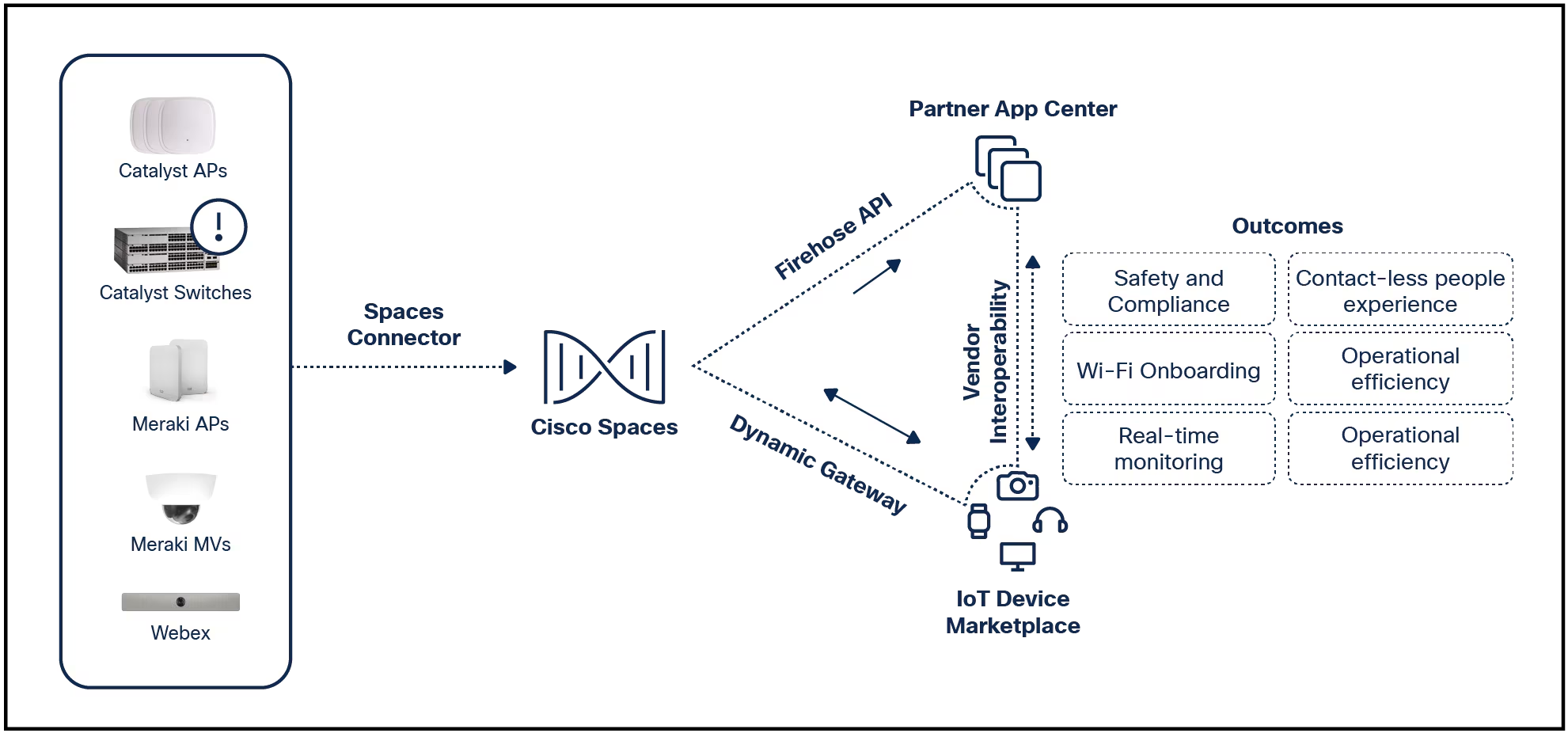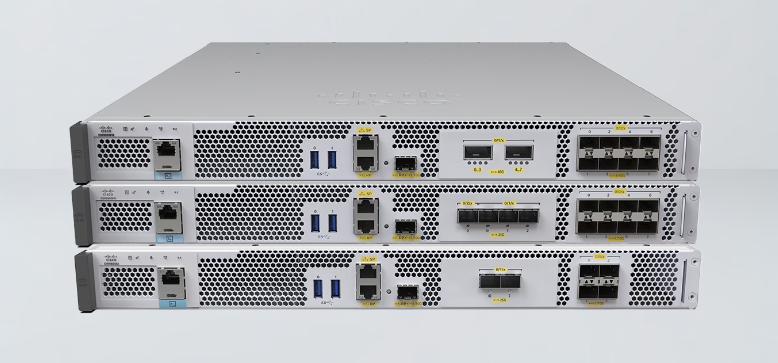
































With Amazon Prime Day this month, you have ample opportunities to upgrade your television at a great price. To give you a starting place for these momentous sales, I've put together a guide to buying a TV during Amazon Prime Day. ( has also rounded up some of the best early Prime Day deals here.)
Amazon Prime Day 2024 will take place on July 16 and July 17. Prime Day, exclusively for Prime members, usually has the steepest discounts on Amazon devices, including Fire TV televisions. Many retailers though -- like Walmart and Best Buy -- are already offering deals for the 4th of July. These early sales can sometimes match or even beat Prime Day prices, so it's worth keeping an eye on them.
Also:Amazon Prime Day 2024 is back July 16-17: Everything to know, and some early deals
TV manufacturers usually announce new models during the Consumer Electronics Show (CES) in January, and these new models start hitting store shelves between March and June. As retailers stock newer products, prices on older models often drop. Enter the summer sales routine.
To help you narrow down your options and avoid overspending, consider factors such as screen size (e.g., 48" or 65"), resolution (4K, 8K), display technology (LED, OLED, etc.), smart features, and connectivity options.
To clarify some of the terminology surrounding modern TVs, let's look at the types of display technologies available today:
LCD:Liquid Crystal Display TVs use cathode fluorescent lamps in their backlighting to offer solid brightness and color accuracy, but at the lowest cost. LCD TVs are generally affordable, energy-efficient, and have no risk of image retention (burn-in).
LED:A more advanced form of LCD that uses Light Emitting Diodes for its backlight to provide better brightness, contrast, and energy efficiency. LED backlights are thinner and lighter than fluorescent backlights, allowing LED TVs to be slimmer and more lightweight.
QLED: The 'Q' in QLED stands for quantum dot technology. Samsung created it to improve color accuracy and brightness, but this tech still relies on LED backlighting. QLED TVs can achieve higher brightness levels than standard LED TVs, making them suitable for brighter, well-lit environments. This feature is why QLED TVs look so impressive on showroom floors.
Samsung's Neo QLED 8K TV demoed at CES 2024.
Mini LED:Uses smaller LEDs for its backlight, resulting in enhanced contrast, deeper blacks, and more precise local dimming. Due to their enhanced picture quality and potential cost-effectiveness, more and more manufacturers, like Samsung, TCL, Hisense, and Roku, are already offering Mini LED TVs.
OLED:Organic Light Emitting Diode TVs have self-emissive pixels that each turn on and off, offering the deepest blacks and superior contrast. Most notable about OLED TVs is how they maintain their picture quality even at extreme viewing angles, ensuring everyone in the room can see what's playing.
MicroLED:This next-generation display technology uses tiny, self-emissive LEDs for each pixel, combining the best parts of OLED (deep blacks and high contrast) with better brightness and durability. The technology promises intense contrast, faster response times, and higher energy efficiency. It is also quite pricey, and most often available in large screen sizes.
A 4K TV has a resolution of 3840 pixels x 2160 pixels, providing a total of approximately 8.3 million pixels. This is four times the resolution of a standard 1080p high-definition TV (HDTV), which has a resolution of 1920 x 1080 (about 2.1 million pixels).
Since not all content is available in 4K resolution, 4K TVs often include upscaling technology that enhances lower resolution content to better fit the higher resolution display. This ensures that even non-4K content looks better on a 4K TV. Many 4K TVs also feature technologies such as High Dynamic Range (HDR) and Wide Color Gamut (WCG), which enhance color accuracy, contrast, and brightness.
Also: Should you buy an 8K TV? How to decide, according to an expert
8K TV is the latest generation of television technology, providing a total of 33.2 million pixels. This is 16 times the resolution of a standard 1080p HDTV.
While 8K TVs also include advanced upscaling technology to better accommodate their high resolution, native 8K content is currently scarce. This is expected to change as the technology becomes more widespread. 8K TVs can be expensive, and the difference in image quality may not be noticeable unless you have a behemoth screen or sit very close to the TV.
Bigger isn't always better when it comes to TV size. It's more about finding the Goldilocks Zone in your viewing space, often determined by how far you sit from the screen. You also want to ensure that the TV doesn't overwhelm the room or require excessive head movement to take in the entire screen.
To determine an ideal screen size, measure the viewing distance (in inches) between your TV and your sofa or couch. Divide that distance by 1.6 for a ballpark recommendation. For example, if you sit 10 feet away (120 inches), a 75-inch TV is ideal (120 inches
 Hot Tags :
Home & Office
Home Entertainment
TVs
Hot Tags :
Home & Office
Home Entertainment
TVs